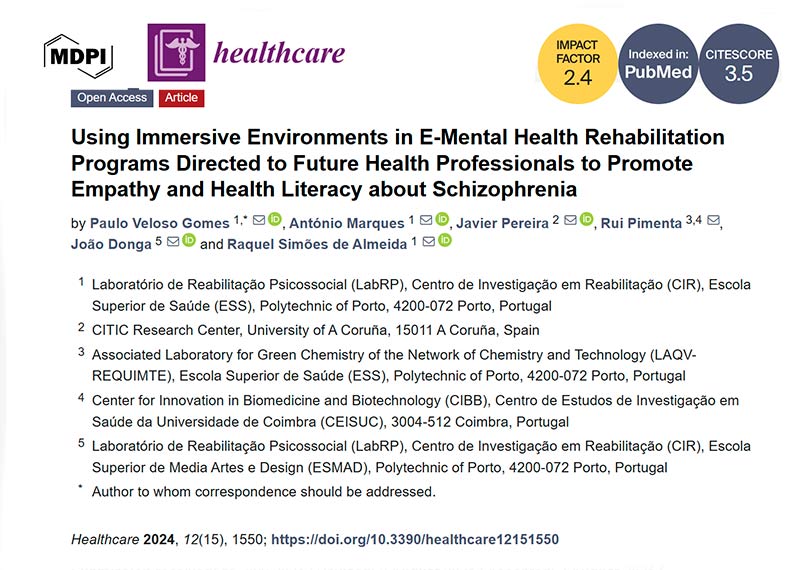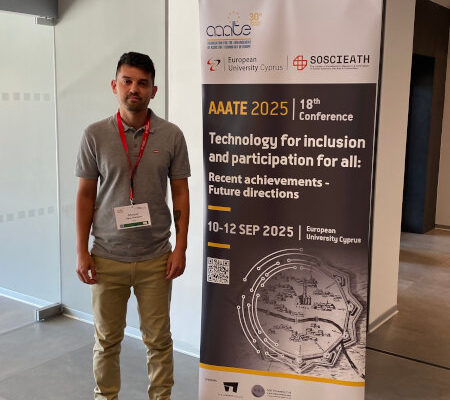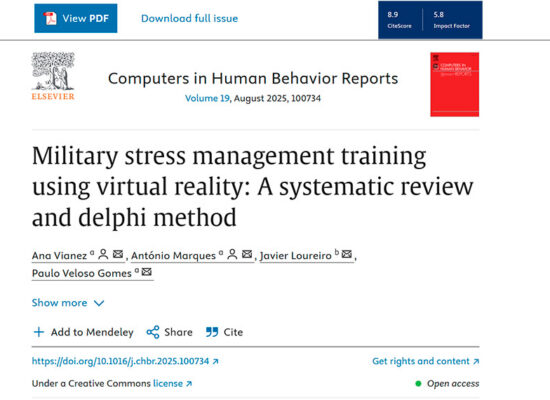Abstract
Rehabilitation involves all types of patients, including people with schizophrenia. Schizophrenia is considered a complex syndrome characterized in general by fundamental and characteristic distortions of thinking and perception. The quality of life of a person with schizophrenia can be compromised by difficulty in carrying out their daily tasks and by the social stigma of their condition. The importance of training and sensitizing students in rehabilitation areas to this type of problem to improve the rehabilitation processes in which they will participate as future professionals involves empathy and the ability to communicate with these populations. It is possible through virtual reality to create immersive environments to simulate some psychotic symptoms characteristic of people with schizophrenia, such as visual hallucinations and hearing voices. The aim of this study was to test the effect of exposure to experiences characteristic of schizophrenia through two different types of immersive environments, graphical computational virtual reality and 360° video, on students from areas of social rehabilitation regarding empathy, social distance, and attitudes towards people with schizophrenia. Although the results were positive for the three parameters under study, no significant differences were found for each of them between the environments to which the participants were exposed. This study concluded that the choice between the two types of immersive environments should be based on the project’s objectives, the target audience’s needs, and available resources, rather than the type of environment itself, as their impact was similar.
Acceso al artículo
2023 journal Impact factor 2.4





